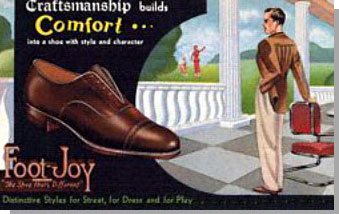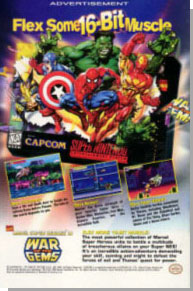 The
essence
of a marketplace lies in the willingness of buyers and sellers
to enter commercial transaction.
Anything that detracts from the satisfaction of the transaction
produces a loss of activity that is unfortunate for both
parties. If a product does not live up to its ads, dissatisfaction
occurs—and it is ultimately as harmful to the advertiser
as to the buyer. For advertising to be effective, consumers must have
confidence in it. So any kind of deception risks being self-defeating.
Even meaningless puffery might be taken literally
and therefore become deceptive. Puffery is exaggerated,
subjective
claims that can’t be proven true or false such as “the best,”
“premier,”
or “the only way to fly.”
The only product claims—explicit
or implied—that are considered deceptive are considered
to be those that are factually false and have the potential
to deceive or mislead reasonable people. This definition
could be broadened to include false impressions conveyed,
whether intentional or not. The following are some of the
common deceptive practices.
- False Promises
Making an advertising promise that cannot be kept, such
as “restores youth” or “prevents cancer.” When Listerine
claimed to prevent or reduce the impact of colds and sore
throats, the FTC banned the campaign and required the
company to run millions of dollars’ worth of corrective
ads.
- Incomplete Description
Stating some, but not all, of a product’s contents,
such as advertising a “solid oak”
desk without mentioning that only the top is solid oak
and the rest is pine.
- False and Misleading Comparisons
Making false comparisons, either explicitly or by implication,
such as “Like Tylenol, Advil doesn’t upset my stomach.”
That implies that Advil is equal in avoiding stomach upset,
though in truth Tylenol is better. To some people, Advil’s
claim might even suggest that Tylenol upsets the stomach,
which is also false.
- Bait-and-Switch Offers
Advertising an item at an unusually low price to bring
people into the store and then “switching” them to a higher-priced
model by claiming that the advertised product is out of
stock or poorly made.
- Visual Distortions and False Demonstrations
Using trick photography or computer manipulation to
enhance a product’s appearance—for example, a TV commercial
for a “giant steak” dinner special showing the steak on
a miniature plate that makes it look extra large. In one
classic case, General Motors and its window supplier Libby
Owens’Ford rigged a demonstration to show how clear their
windows were versus the competition. The GM cars were
photographed with the windows down, the competitor’s car
with the windows up—and Vaseline smeared on them.
- False Testimonials
Implying that a product has the endorsement of a celebrity
or an authority who is not a bona fide user, or implying
that endorsers have a certain expertise that in fact they
don’t.
- Partial Disclosures
Stating certain facts about the advertised product but
omitting other material information. An example is  claiming,
“Kraft’s Singles processed cheese slices are made from
five ounces of milk which give Singles more calcium than
the imitators” without mentioning that processing loses
about two ounces of the milk. claiming,
“Kraft’s Singles processed cheese slices are made from
five ounces of milk which give Singles more calcium than
the imitators” without mentioning that processing loses
about two ounces of the milk.
- Small-Print Qualifications
Making a statement in large print, such as Beneficial’s
“Instant Tax Refund,” only to qualify or retract it in
obscure, small, or unreadable type elsewhere in the ad:
If you qualify for one of our loans.” To the FTC, if the
readers don’t see the qualification, it’s not there.
Consumers must make up their own minds about advertising
and separate fact from fiction. But can they do this only
on the seller’s say-so? Suppose a soft drink or coffee claims
it’s the best tasting. We won’t really know until we take
a sip for ourselves. (Of course, we have to buy the product
to get that sip.) Brands that turn out not to taste good
can’t be saved by any advertising.
↑TOP (633
words)
|